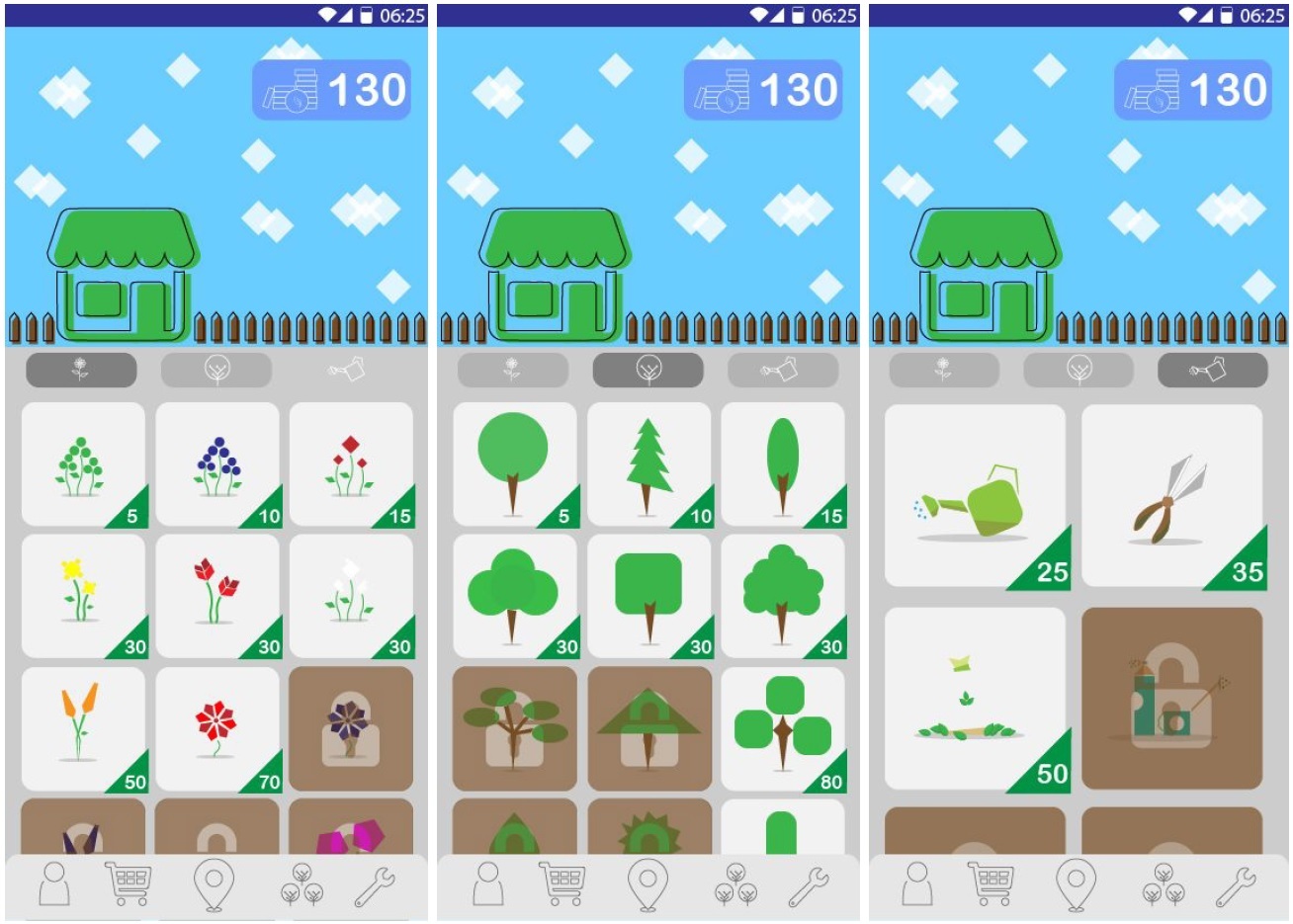Designing and Implementing Gamification: GaDeP, Gamifire, and applied Case Studies
DOI:
https://doi.org/10.17083/ijsg.v7i3.357Keywords:
GaDeP, Gamification Design Process, Gamifire, Gamification, Architecture, Scalability, MOOC, Platform Independence, Infrastructure, Transfer, EvaluationAbstract
Gamification aims at addressing problems in various fields such as the high dropout rates, the lack of engagement, isolation, or the lack of personalisation faced by Massive Open Online Courses (MOOC). Even though gamification is widely applied, not only in MOOCs, only few cases are meaningfully designed and empirically tested. The Gamification Design Process (GaDeP) aims to cover this gap. This article first briefly introduces GaDeP, presents the concept of meaningful gamification, and derives how it motivates the need for the Gamifire platform (as a scalable and platform-independent reference infrastructure for MOOC). Secondly, it defines the requirements for platformindependent gamification and describes the development of the Gamifire infrastructure. Thirdly we describe how Gamifire was successfully applied in four different cases. Finally, the applicability of GaDeP beyond MOOC is presented by reporting on a case study where GaDeP has been successfully applied by four student research and development projects. From both, the Gamifire cases and the GaDeP cases we derive the key contribution of this article: insights in the strengths and weaknesses of the Gamifire infrastructure as well as lessons learned about the applicability and limitations of the GaDeP framework. The paper ends detailing our future works and planned development activities.

Downloads
Published
Versions
- 2020-09-25 (4)
- 2020-09-25 (3)
- 2020-09-25 (2)
- 2020-09-25 (1)
Issue
Section
License
Copyright (c) 2020 Roland Klemke, Alessandra Antonaci, Bibeg Limbu

This work is licensed under a Creative Commons Attribution-NonCommercial-NoDerivatives 4.0 International License.
IJSG copyright information is provided here.